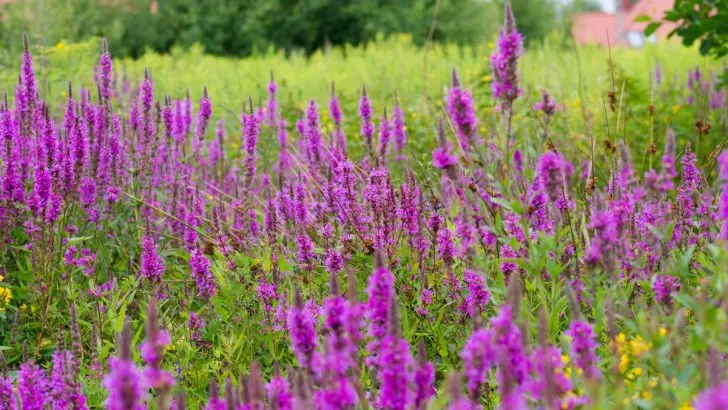Purple loosestrife, with its alluring spires and vivid hue, might seem like the perfect addition to any garden. But beneath this beauty lies a pervasive invader ready to monopolize your space.
This ornamental plant is renowned for its aggressive nature and ability to dominate landscapes, threatening local flora and fauna. Before you’re charmed by its appearance, it’s crucial to understand why purple loosestrife could become your garden’s most regrettable addition.
Explore these twelve aspects of this captivating yet problematic perennial, and learn why it’s best admired from a distance rather than welcomed into your garden.
Rapid Growth Habit
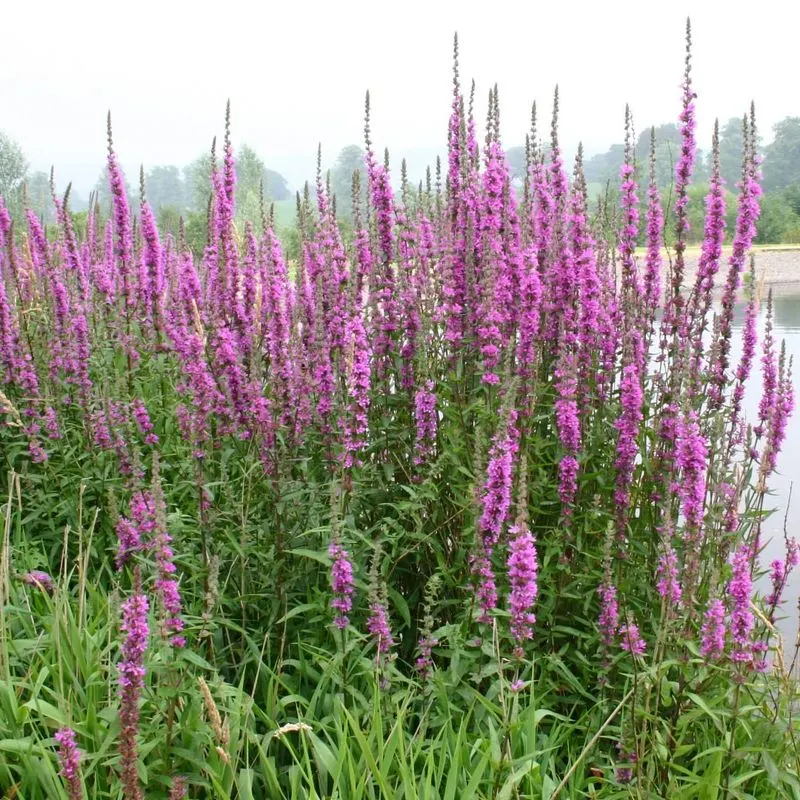
Purple loosestrife is notorious for its fast-growing nature, quickly outpacing native plants. Within a single season, it can establish dense stands, making it challenging for other species to survive.
Its ability to produce numerous seeds accelerates its spread.
This growth habit not only alters the ecosystem but also reduces biodiversity. The plant’s roots expand aggressively, further solidifying its hold on the soil.
Once established, eradication becomes labor-intensive and costly.
Gardeners should consider the long-term impact before introducing this plant, as its vibrant appeal comes with significant ecological consequences.
Seed Production
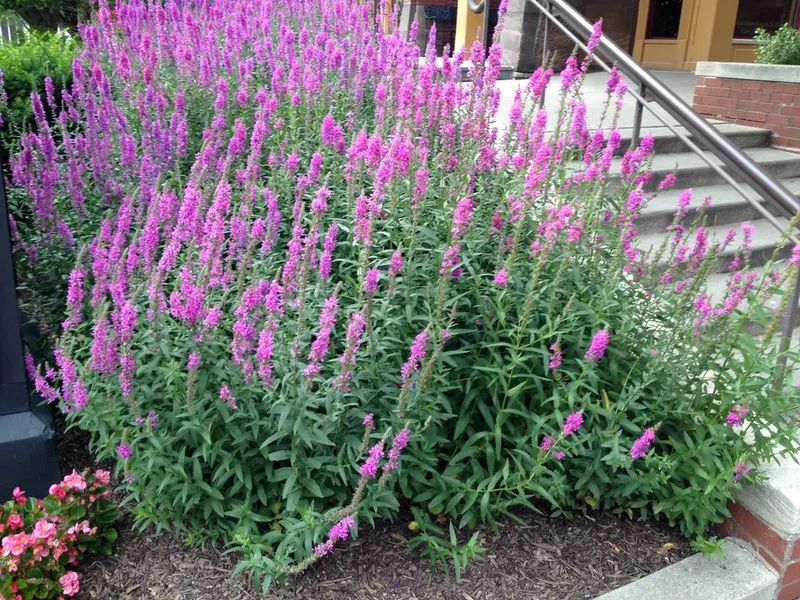
Producing up to three million seeds per plant annually, purple loosestrife is a prolific seeder. Its seeds are lightweight, easily carried by wind, water, or animal fur, which facilitates widespread distribution.
These seeds can remain viable in the soil for years, making control efforts daunting. Upon germination, new plants swiftly take root, perpetuating the cycle.
The sheer volume and persistence of seeds contribute to the plant’s invasive status. Gardeners should be wary of its potential to colonize surrounding areas rapidly, turning manageable gardens into unwieldy spaces.
Impact on Wetlands
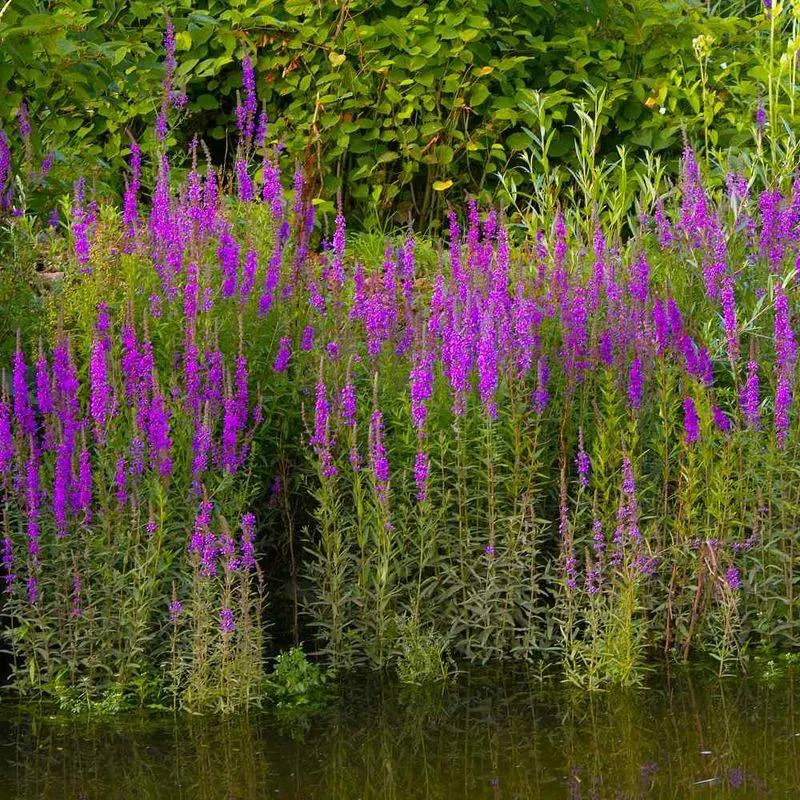
Purple loosestrife poses a significant threat to wetland ecosystems, where it often displaces native species. As it proliferates, it creates dense stands that alter water flow and sedimentation patterns.
This transformation impacts aquatic habitats, reducing food and shelter for native wildlife. Insects, birds, and amphibians that rely on indigenous plants face declining populations.
Efforts to restore affected wetlands require intensive management strategies. For anyone near such ecosystems, avoiding planting this perennial is crucial to preserving biodiversity and ecological balance in these sensitive areas.
Difficult Eradication
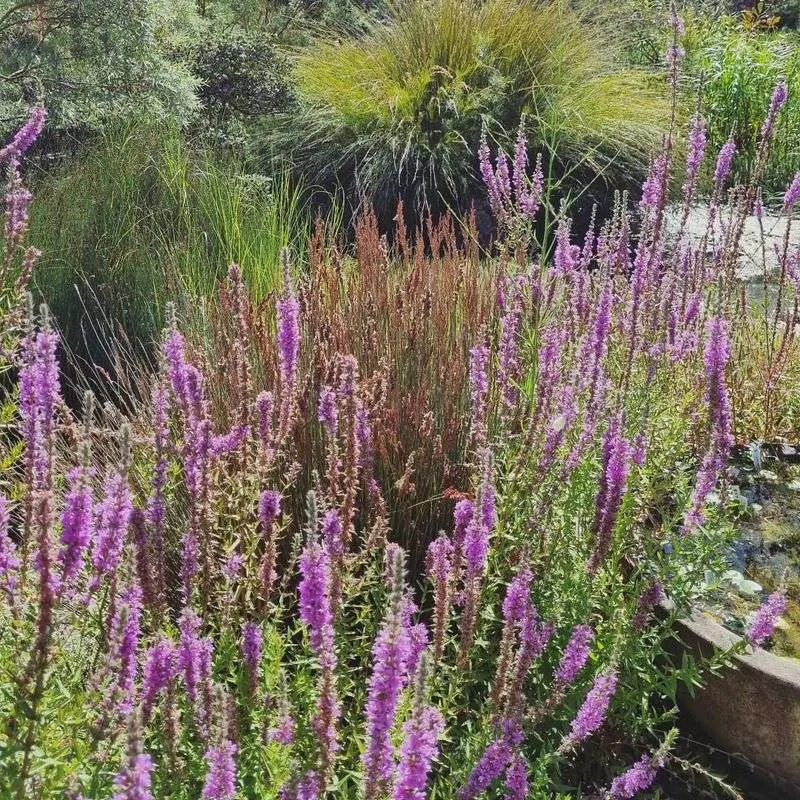
Eliminating purple loosestrife from a garden or natural area can be a formidable task. Its extensive root system anchors it firmly, making physical removal laborious.
Chemical treatments may be effective, but they risk harming surrounding vegetation and require careful application. Continued vigilance is necessary, as missed roots or seeds can lead to regrowth.
The cost and effort associated with eradication often outweigh the plant’s initial aesthetic appeal. Prospective gardeners should weigh these challenges against the temporary visual benefits of including purple loosestrife in their gardens.
Wildlife Disruption
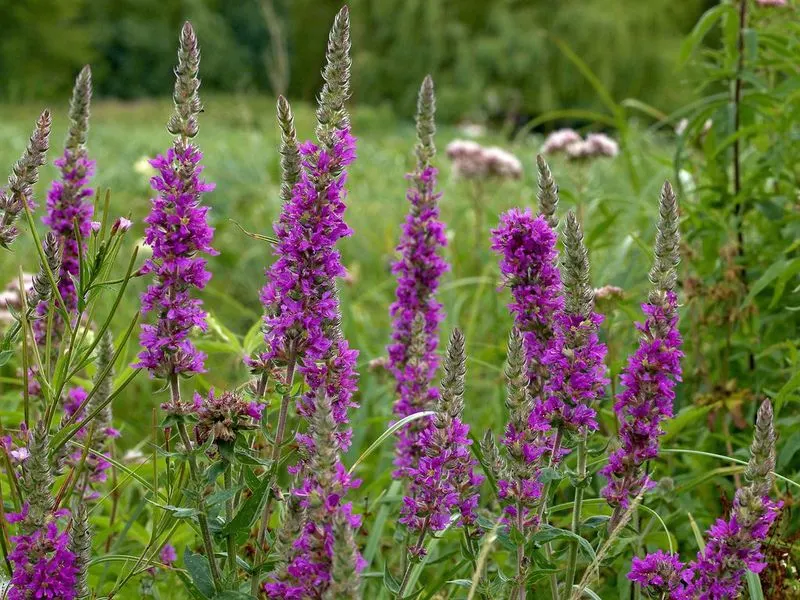
Purple loosestrife alters habitats in ways that can disrupt local wildlife. Its dense growth patterns limit access to resources for various species, including birds and amphibians.
Native plants, which provide essential food and habitat, are often outcompeted and replaced. This loss reduces the biodiversity necessary for balanced ecosystems.
Such disruptions can lead to diminished wildlife populations and altered community dynamics. Gardeners should consider the broader ecological impact when planting and recognize that purple loosestrife’s allure comes at the expense of local fauna.

